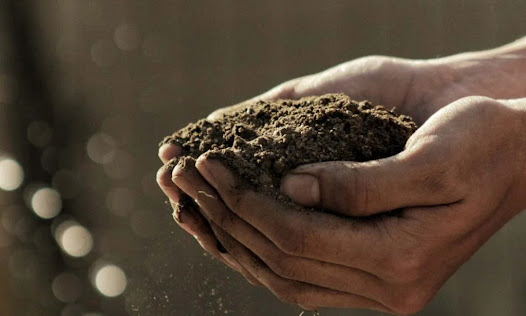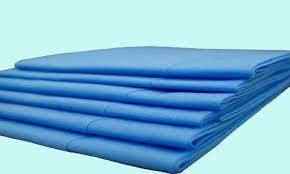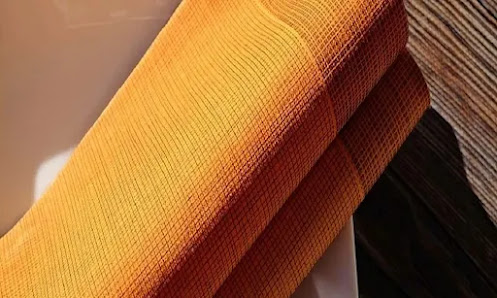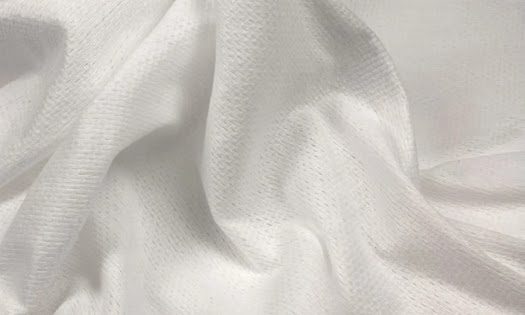How To Improve Soil Drainage With Nonwoven Geotextile Fabric?

Different landscape fabrics function in different ways. Non-woven Geotextile Fabric, on the other hand, is the finest solution for improving soil drainage. There is minimal difference between Geotextile fabric and Non Woven Geotextile Fabric . Well, both fabrics are designed to improve soil stabilization & to offer ground support. Which one you should choose depends upon the surface you work on and your goals. Selecting the right landscape fabrics for the soil drainage problem completely affects the project outcomes. Let's try to understand the difference between woven & non-woven fabrics and why they are used for soil stability! Difference between the woven geotextile & non-woven geotextile Talking about geotextile fabrics are manufactured by the traditional weaving method. In this, individual threads are weaved into sizable sheets. These threads are manufactured using various quality materials, such as slit films, fibrillated yarns, and monofilament yarns. Woven geote...




